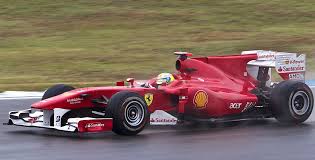
Introduction
The Williams F1 team, one of the most storied names in Formula One racing, has been in the spotlight recently due to its efforts to revamp and regain its competitive edge. Founded in 1977, Williams has a rich history marked by numerous championships and legendary drivers. The team’s current position reflects the challenges of modern racing, where the competition is fierce and technological advancements play a pivotal role. Understanding the team’s current situation is crucial for fans and stakeholders alike as it highlights both obstacles and potential strategies for resurgence.
Current Performance and Challenges
As of the 2023 season, Williams F1 has faced significant challenges on the track. While the team has shown moments of potential, they currently sit near the bottom of the Constructors’ Championship standings. Their performance has often been hindered by a combination of factors, including financial constraints, engineering setbacks, and fierce competition from rivals such as Red Bull Racing and Ferrari.
In recent races, Williams has made attempts to improve their car’s aerodynamics and overall performance, focusing on integrating data analytics for better race day strategies. The hiring of new technical personnel has also been a focal point, as the team works to innovate and adapt to the evolving regulations established by Formula One Management.
Key Developments and Future Prospects
One of the most significant developments for the Williams F1 team is the introduction of their new car model, the FW45, which is designed to address some of the weaknesses identified in previous seasons. The early feedback from tests has been cautiously optimistic, suggesting that the FW45 could provide a foundation for better performance moving forward.
Moreover, the team’s management has expressed a long-term vision that involves not only enhancing car performance but also solidifying their place in the mid-field battles. This includes a renewed focus on cultivating young drivers, as they have invested in their academy to spot and nurture talents who can represent Williams in the future.
Conclusion
For fans of Formula One, the trajectory of the Williams F1 team is a compelling story of resilience and ambition. While current performance may not mirror their glorious past, the significant efforts being made in engineering, personnel restructuring, and strategic planning signal that the team is focused on a path toward recovery. As they continue to adapt in the highly competitive landscape of Formula One, stakeholders and fans alike will be watching closely to see if Williams can leverage its rich history and talented resources to re-establish itself as a Formula One contender.
You may also like

The Thrilling World of the F1 Grand Prix

Carlos Gu: The Future of Motorsport Excellence
